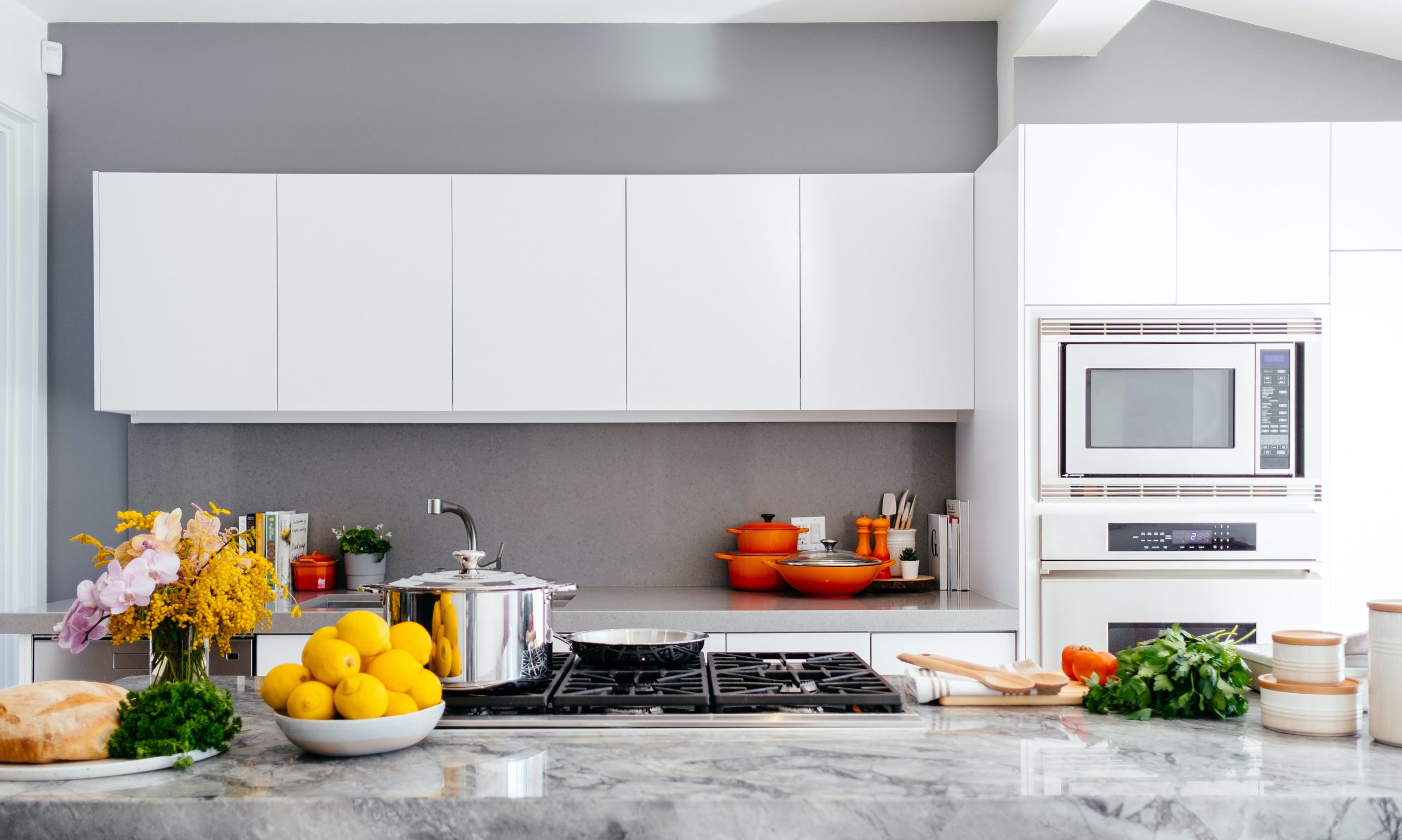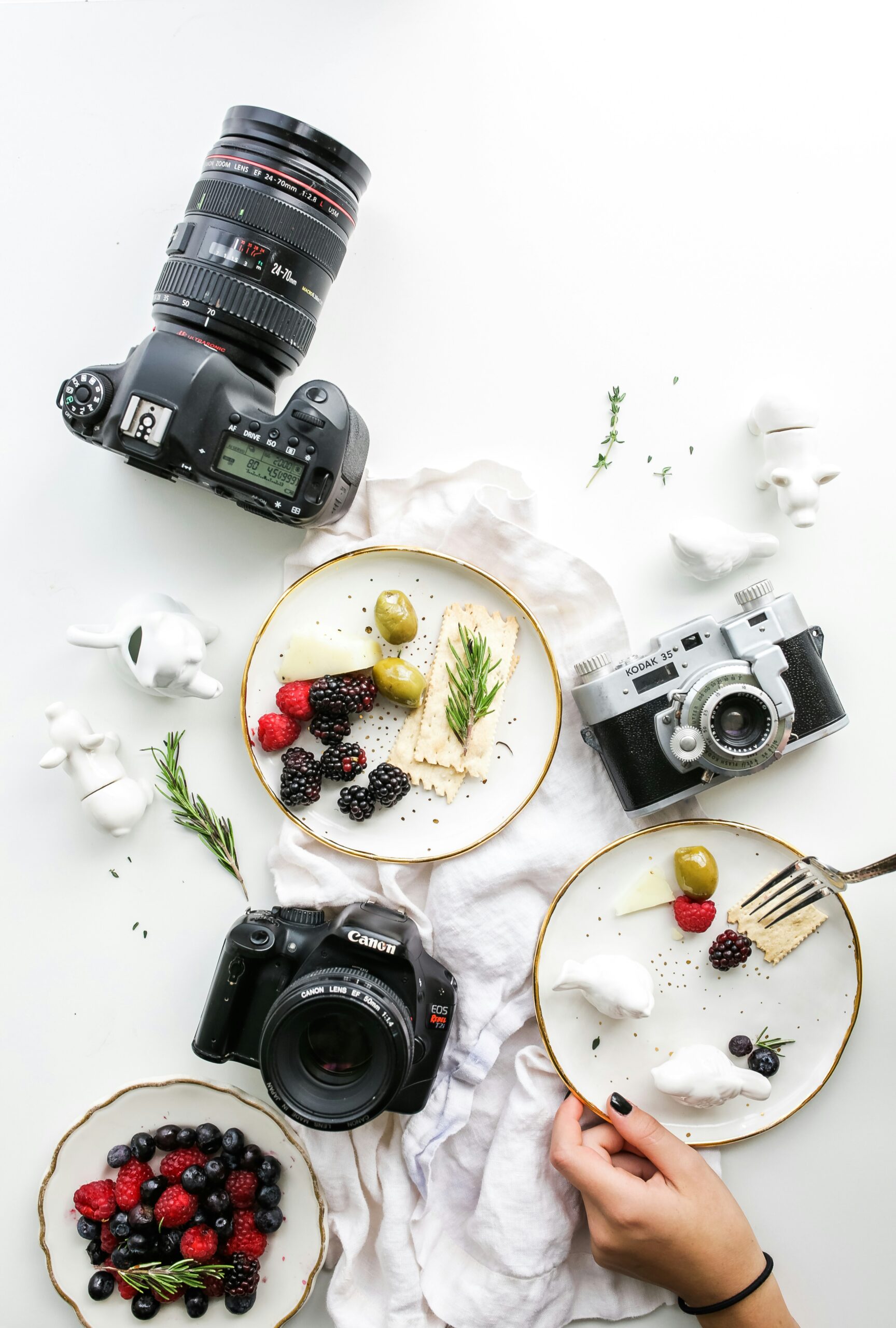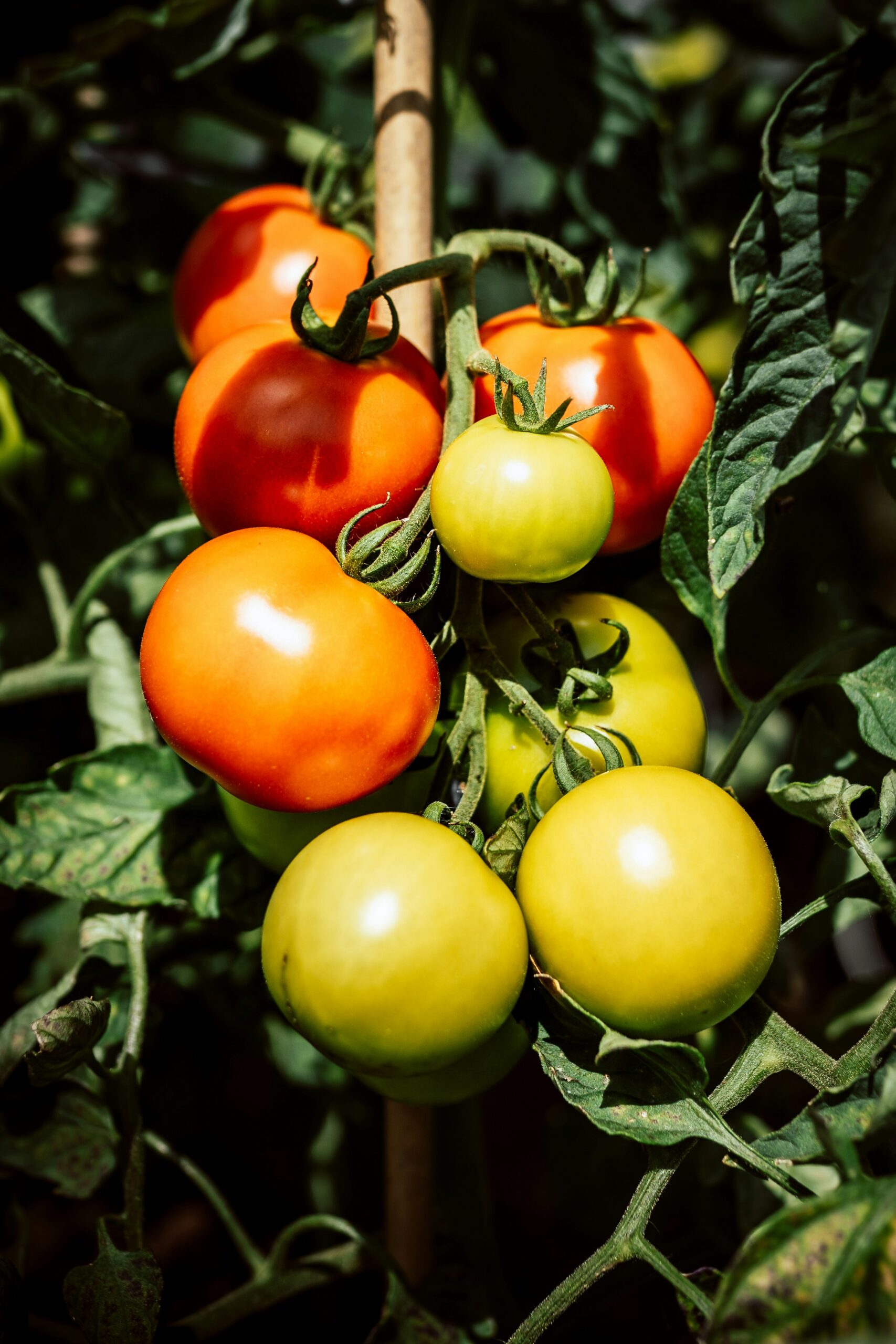The kitchen is the heart of the home. It is where we prepare our food, kids do their homework, parents work from home, families play board games, and guests pop in for a coffee. We spend so much time in our kitchens that they soon feel outdated.
Kitchen remodeling is expensive but there are inexpensive changes we can make that make a world of difference. Home decorators know how to give new life to a space while on a budget to make the maximum impact.
Learn from these incredible ideas and give your kitchen a new lease of life within no time:
- Create a better Display for Pots and Pans
Pots and pans take to take up a lot of cabinet space particularly in smaller kitchens. When there are too many of them, it can be difficult to open doors without them falling out.
Turn your pot and pan display into an art piece by itself. A rail mounted on the wall and populated with s-hooks allows you to hand them neatly in a way that is easily accessible when you need them.
- A fresh Coat of Paint for the Cabinets
A can of paint does not cost much, but it can give your kitchen a whole new look while being environmentally friendly. When you repaint your pieces instead of buying new stuff, you are saving the environment.
Because this is a more labor intensive job, you want to set aside more than one weekend to do it. Achieve a better finish by prepping the cabinets first. Clean them thoroughly, then sand and prime them. You are now ready to start painting.
If you are trying to make a duller space, consider investing in semi-gloss paint. Semi-gloss paint is also easy to clean. You just have to wipe it down. This makes it good for kitchens.
To give your paint job an interesting twist, consider painting only the edges of your drawers and doors in a color that stands out.
One alternative to painting cabinets is to remove some doors to create open shelves. Open shelves are trendy and they work best when you have pretty dish displays hidden behind a cabinet door.
Use open shelves to give a row of cabinets a visual interest. See how Regan Mauck did it by removing some doors, painting the cabinets from the inside, and even putting in more shelves.
Some home decorators avoid the paint and use things like plants and dishes to add interest.
- Use Backsplash creatively
Backsplash is expensive to install, but you can find cheaper ways around it. Think of using a peel-and-stick backsplash which is simple enough to install on your own without professional help.
If you are a renter, this is even better because it does not involve making any major alterations that may need authorization from your landlord.
This method is not just cheaper but also easy to remove later on if you need to. This kitchen improvement costs as little as $50 although this may vary depending on the specific design you choose. Some of the peel-and-stick designs are made to look like ceramic finishes.
Apart from backsplashes, you can also think about playing around with wallpapers to give your walls a whole new look.
We probably spend more time at the kitchen sink than some of the other places in the kitchen. A new faucet will definitely make you feel like your space is different. Consider going for a faucet with a higher arch as well as a sprayer which will not only make your kitchen look more modern, it will also make washing dishes easier.
Are you still using the same lighting features you found when you moved into your home? Depending on how long you have been there, it might be time for a change.
Look into the possibility of getting lighting fixtures that are more in line with your own personal style and how you want your kitchen to look. Just changing the lighting on your kitchen island to pendants will make the whole space look different.
Lighting fixtures are easy find for $100 or even less at all the big stores, but you can get a more unique DIY statement lighting piece that will cost even less.
Consider fashioning a pendant light by putting together a rattan basket and a pendant light set. You end up with a chic boho look.
Decals are a great way to change the colors of your cabinets without having to redo the painting. Decals are low commitment and great for renters. Use peel-and-stick wallpaper or vinyl decals to add different colors to your plain cabinets.
You don’t need to break the bank to build a kitchen island. IKEA has a popular birch kitchen island that goes for only $108 and fits well into virtually any kitchen thanks to its modest size
All it needs is a towel bar and hooks to make your kitchen roomier.
- Hooks beneath Shelves and Cabinets
One of the most under exploited spaces in a kitchen is the space found in between upper cabinets and counter tops or shelves.
Screwing cup hooks onto the wood and then using them to hang kitchen tools or mugs is a simple and affordable kitchen upgrade. You will have a brand new storage space available instantly.
- Tape Self-Adhesive Paper over Appliances
Give your fridge or dishwasher a brand new look with some self-adhesive paper. It is easy and cheap. A plain color will give you a more classic look or style. Pick a more whimsical pattern to turn your fridge/dishwasher into a statement piece.


 Tips & Advice4 years ago
Tips & Advice4 years ago
 News & Stories4 years ago
News & Stories4 years ago
 Restaurants4 years ago
Restaurants4 years ago
 Recipes4 years ago
Recipes4 years ago
 Kitchen Gadgets4 years ago
Kitchen Gadgets4 years ago
 Kitchen Gadgets4 years ago
Kitchen Gadgets4 years ago
 Chefs4 years ago
Chefs4 years ago
 Kitchen Gadgets4 years ago
Kitchen Gadgets4 years ago














